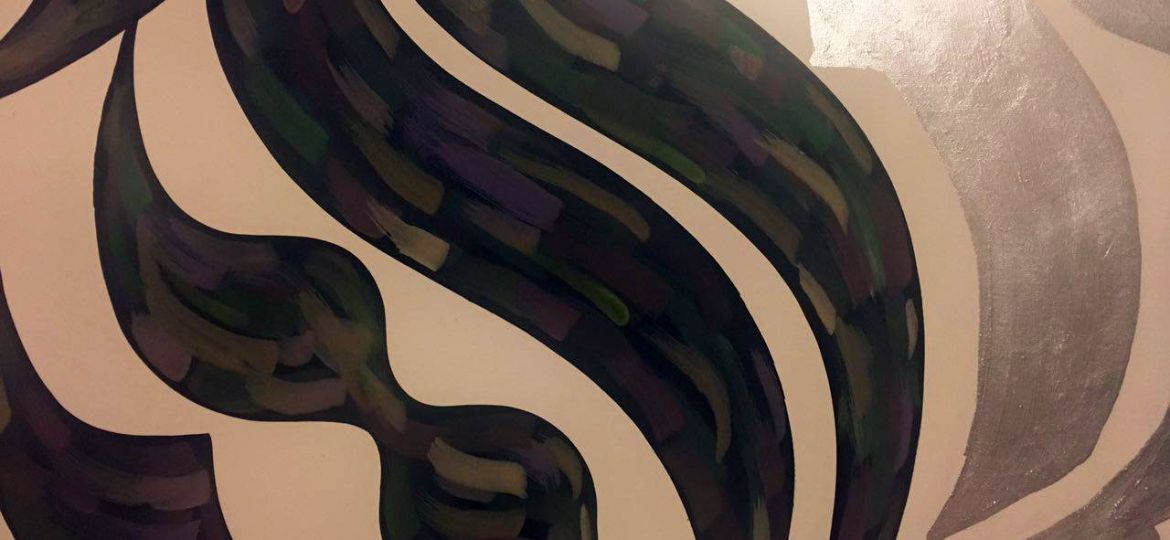
calligraphy capital letters
A museum spokeswoman, asked to describe any threats or security issues, including whether the police had been notified, declined to discuss specifics. But the spokeswoman, Sarah Eaton, added, “The tone in both the petition comments and the social media postings, calls and emails was markedly different from what we’ve seen before and required us to take the threats very seriously.”
The Guggenheim has also been a target of protesters in recent years over its decision to build a museum in Abu Dhabi despite widespread concerns about labor conditions there. The Guggenheim has not withdrawn those plans.

Protests prompted the Guggenheim, above, to pull works from “Art and China After 1989: Theater of the World” before the show opens.
Credit
Chang W. Lee/The New York Times
For many artists and museum professionals, the latest moves at the Guggenheim and the Walker amount to an artistic capitulation in the face of heightened political sensitivities that have been amplified by social media.
“Museums are here to show works that are difficult, uncomfortable, provocative,” said Tom Eccles, executive director of the Center for Curatorial Studies at Bard College. “The chilling effect of this of course is museums will now look to make exhibitions that won’t in any way offend.”
Similarly, PEN America called the Guggenheim’s decision “a major blow to artistic freedom.”
Others say the Guggenheim should have used the controversy as a moment to engage the public about difficult art.
“It’s just surprising that there was no call to see the side of the artists,” Mohini Dutta, a transmedia designer who teaches at Syracuse University, wrote in an email. “It’s sad, but not surprising that a populist institution like the Guggenheim caved, instead of using it as an opportunity to have a larger dialogue about consent, living props and uncomfortable art.”
In the case of the Walker, Dakota Indian leaders argued that Mr. Durant’s two-story structure in the Minneapolis Sculpture Garden — which aimed to evoke gallows throughout United States history — brought back painful memories and trivialized the executions of the United States-Dakota war in 1862.
More often in the past, museums have resisted such pressure. In March, a small group of protesters blocked Dana Schutz’s painting in the Whitney Biennial based on open-coffin photographs of the mutilated body of Till, the teenager who was lynched by two white men in Mississippi in 1955. They objected to a white artist’s using — and potentially profiting from — an image of violence against a black person and urged that the painting not only be removed from the show but also destroyed. The Whitney kept the painting on view.
Some applauded the Guggenheim’s decision, arguing that animal rights trumped First Amendment rights in this situation.
“It’s the right thing to do,” said Stephen F. Eisenman, an art history professor at Northwestern University who has written extensively about the ethics of using animals in art. “The works are cruel and support cruelty and give sanction to animal abuse, and it’s right that they should pull them.”

Credit
Huang Yong Ping/Guggenheim Abu Dhabi
Mr. Eisenman said the Guggenheim should have gone even further in correcting its errors and issue an apology “for sanctioning such abuse.” Instead, he argued, museum officials “covered up what they’ve done by a claim that they did so on the grounds of security.”
Ingrid Newkirk, the president of People for the Ethical Treatment of Animals, who had called on Richard Armstrong, the Guggenheim’s director, to remove the artwork, also commended the museum “for withdrawing these vile acts of cruelty masked as creativity.”
“China has no laws protecting animals, so withdrawing these pieces may help the country and its artists recognize that animals are not props and that they deserve respect,” she said.
Controversial art installations and even some paintings regularly prompt an outcry. The Brooklyn Museum faced off against Mayor Giuliani over Chris Ofili’s Virgin Mary. In the current Venice Biennale, some have objected to the use of Amazonian Huni Kuin tribe members in the artist Ernesto Neto’s tent and to the artist Olafur Eliasson’s use of Venice’s migrants in his workshop installation. In both cases, the artwork remained in place.
The Dobermans used by Anne Imhof in the German Pavilion at the Venice Biennale did not provoke high-profile objections; she won this year’s top prize.
But Sarah Cohen, an art historian at the University at Albany whose research focuses on artistic representations of animals, questioned why the Guggenheim included the works at all.
“The curators themselves do not appear to have considered very deeply the problem of humans forcing certain behaviors in animals,” she said in an email. “Nor did they apparently stop to consider that using pigs as performers to ‘inform’ human spectators about their cultural hangups is a shopworn strategy — as old as dancing bears and the circus.”
“In my opinion,” she added, “the exploitation of animals to make artistic points is, well, bad art.”
calligraphy capital letters calligraphy chinese | Calligraphy | different calligraphy | Calligraphy | different calligraphy | Modern Calligraphy| نقاشیخط | کالیگرافی | 09121958036 | ebrahimolfat.com




